
The Ammergau Alps, also known as the Ammergebirge, are located in the Bavarian region of Germany, specifically in the southwestern part of Bavaria (Bayern). They extend along the border between Germany and Austria. This mountain range is part of the Northern Limestone Alps and is situated primarily in the German districts of Garmisch-Partenkirchen and Weilheim-Schongau. The Ammergau Alps are known for their scenic beauty, making them a popular destination for hiking, skiing, and other outdoor activities. The region includes notable peaks such as the Kofel, Teufelstättkopf, and Laber. The famous Ettal Abbey and the town of Oberammergau, known for its Passion Play, are also located in this area.

The Ammergau Alps, as a natural geological formation, have existed for millions of years as part of the Northern Limestone Alps. However, if you are referring to when the term "Ammergau Alps" started being used to describe this region, that is more challenging to pinpoint exactly. The naming and categorization of mountain ranges can be traced back to historical texts, maps, and local usage, but specific documentation of the first use of "Ammergau Alps" might not be readily available.
The region has been inhabited and recognized for its distinct geological features for centuries. The Ammergau Alps have been referenced in historical documents and maps for hundreds of years, especially as the Bavarian and Tyrolean regions developed and became more documented in European history.

The Ammergau Alps, being a natural mountain range, were not invented by any individual but rather named and categorized over time. The naming of geographical features like the Ammergau Alps typically evolves from local usage, exploration, and cartographic documentation.
The term "Ammergau Alps" likely derives from the nearby Ammer Valley (Ammertal) and the town of Oberammergau, which are central to this region. The systematic naming and classification of mountain ranges in the Alps, including the Ammergau Alps, have been influenced by cartographers, geographers, and naturalists over the centuries.
While no single person can be credited with "inventing" the name, the standardized names and classifications we use today are often the result of collaborative efforts in the fields of geography and cartography during the 18th and 19th centuries. Notable figures in Alpine studies, such as German geographer Albrecht Penck and Austrian cartographer Franz von Hauer, contributed to the detailed mapping and naming conventions of the Alps during that period.


The name "Ammergau Alps" likely originates from the Ammer Valley (Ammertal) and the town of Oberammergau, which are central to this mountainous region. The term "Alps" refers to the larger Alpine mountain range system that stretches across several European countries.
The prefix "Ammer" likely comes from the River Ammer, which flows through the Ammer Valley. The term "gau" is a Germanic word often used historically to denote a region or district. So, "Ammergau" essentially means "the region of the Ammer River."
Therefore, the name "Ammergau Alps" signifies the mountainous area associated with the Ammer Valley. This region is characterized by its rugged peaks, deep valleys, and picturesque landscapes, making it a notable part of the larger Alpine mountain range.

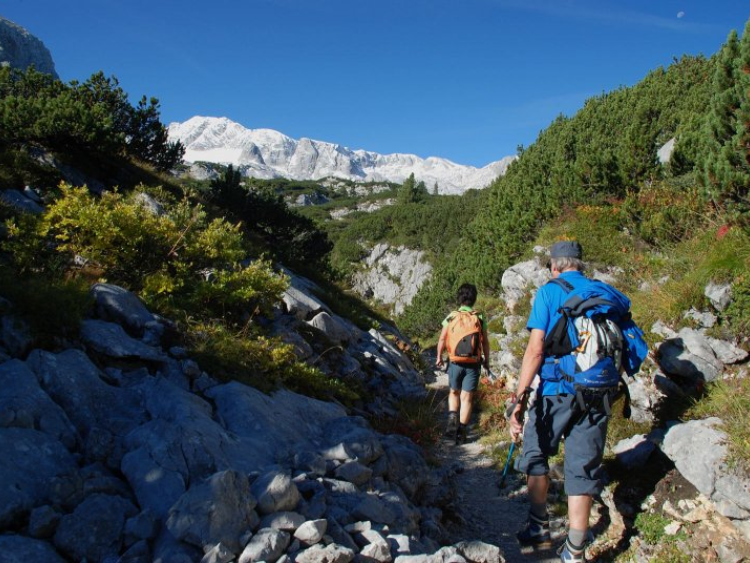

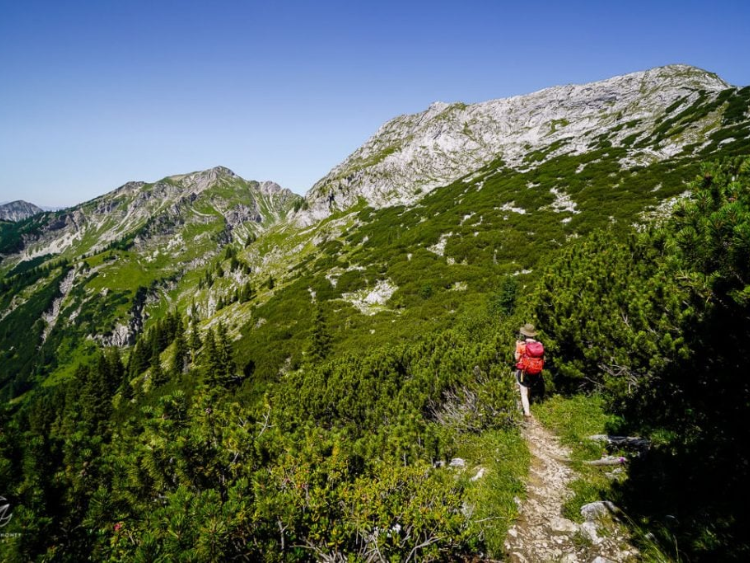
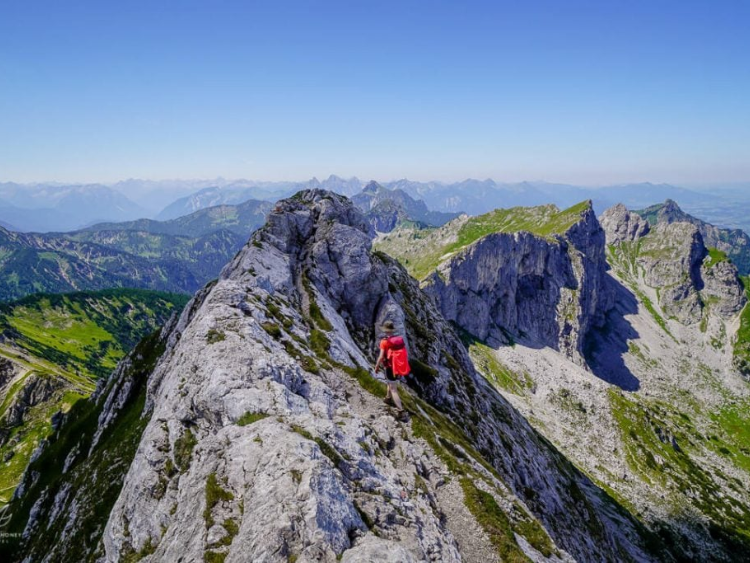
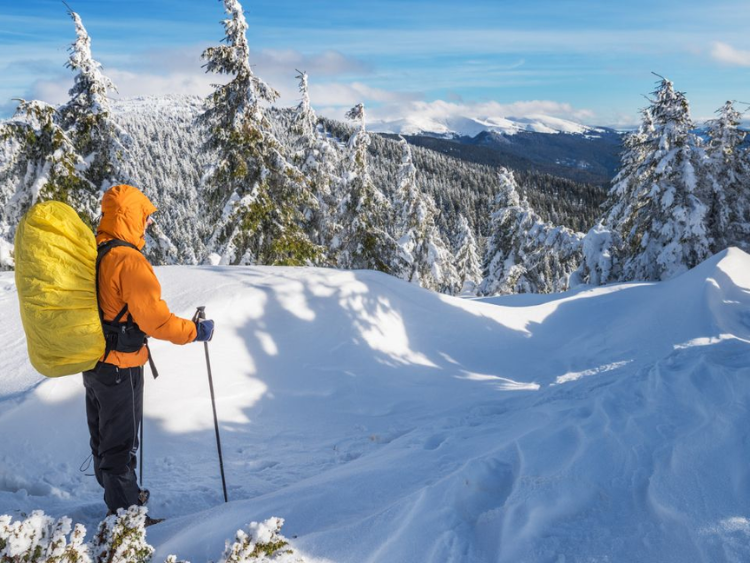
The Ammergau Alps are a fantastic destination for hiking lovers for several reasons:
1. **Scenic Beauty**: The region offers stunning natural landscapes, including majestic peaks, lush valleys, alpine meadows, and pristine lakes. Hiking trails wind through diverse terrain, providing hikers with breathtaking views at every turn.
2. **Varied Terrain**: The Ammergau Alps offer a range of hiking experiences suitable for all skill levels. From leisurely walks through idyllic valleys to challenging ascents of rugged peaks, there are trails to suit every preference and ability.
3. **Well-Maintained Trails**: The hiking trails in the Ammergau Alps are typically well-marked and maintained, making them accessible and safe for hikers. Signposts, trail markers, and maps help visitors navigate the network of paths throughout the region.
4. **Abundant Wildlife**: The Ammergau Alps are home to a diverse array of flora and fauna, providing hikers with opportunities to observe wildlife in its natural habitat. Birdwatchers, in particular, will appreciate the chance to spot native avian species soaring overhead or nesting in the forests.
5. **Cultural Attractions**: In addition to its natural beauty, the Ammergau Alps boast rich cultural heritage. Hikers can explore charming alpine villages, visit historic churches and monasteries, and learn about local traditions and customs along the way.
6. **Accessibility**: The Ammergau Alps are easily accessible from major cities like Munich and Innsbruck, making them a convenient destination for hiking enthusiasts looking to escape to nature for a day trip or a longer excursion.
Overall, the combination of stunning scenery, diverse terrain, well-maintained trails, abundant wildlife, cultural attractions, and accessibility make the Ammergau Alps an ideal destination for hiking lovers seeking adventure and exploration in the great outdoors.


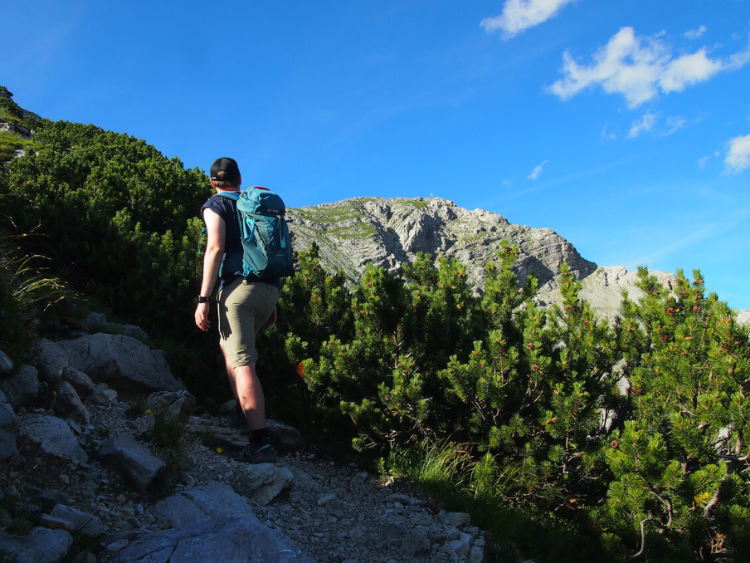
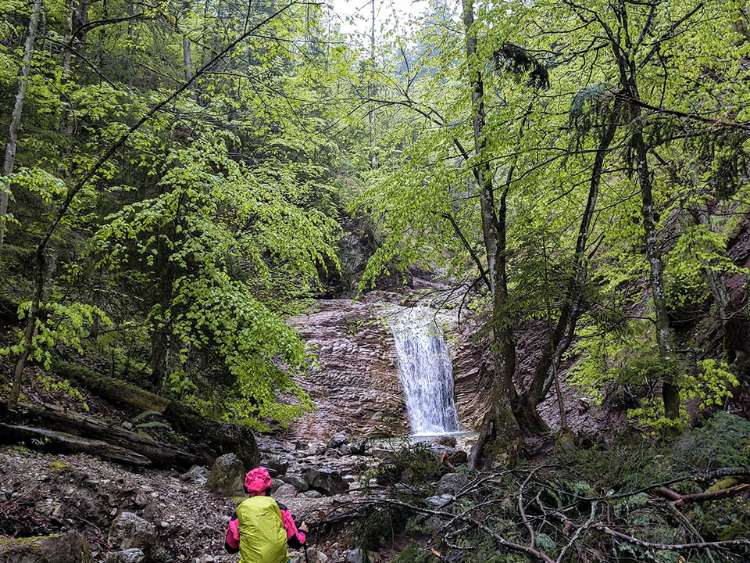
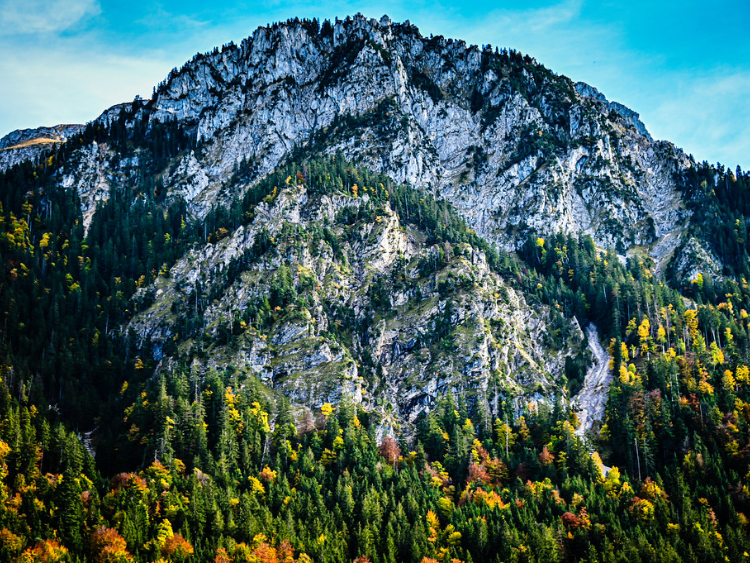

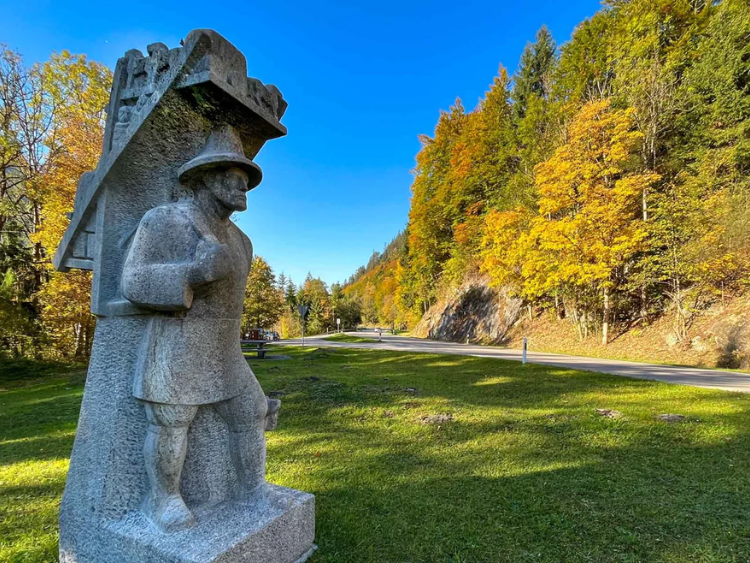
While the Ammergau Alps offer excellent hiking opportunities throughout the year, the best time for hiking can vary depending on your preferences and the specific experiences you're seeking:
1. **Spring**: Spring is a wonderful time to hike in the Ammergau Alps. As the snow melts and temperatures rise, the landscape comes alive with vibrant colors, blooming flowers, and rushing streams. The weather tends to be mild, making it ideal for exploring the trails without the crowds of peak tourist season.
2. **Summer**: Summer is the most popular time for hiking in the Ammergau Alps. The weather is generally warm and sunny, and the trails are at their best condition. Summer hikers can enjoy long daylight hours, allowing for extended hikes and ample time to appreciate the stunning scenery. However, it's essential to be prepared for occasional rain showers and crowded trails, especially in popular areas.
3. **Autumn**: Autumn is another beautiful season for hiking in the Ammergau Alps. As the temperatures cool and the leaves change color, the landscape transforms into a patchwork of reds, yellows, and oranges. Hikers can enjoy quieter trails, crisp mountain air, and stunning views of the fall foliage. Additionally, autumn is an excellent time for wildlife spotting as animals prepare for the winter months.
4. **Winter**: While winter hiking in the Ammergau Alps requires additional preparation and caution, it can be a magical experience for adventurous hikers. Snow-covered trails offer a serene and peaceful atmosphere, and the crisp winter air provides excellent visibility for panoramic views. Winter hikers should be equipped with appropriate gear, including sturdy boots, warm clothing, and traction devices for icy terrain.
Ultimately, the Ammergau Alps offer hiking opportunities year-round, each season providing its unique charms and challenges. Whether you prefer the vibrant colors of spring, the warm sunshine of summer, the crisp air of autumn, or the peaceful snowscapes of winter, there's something for every hiking enthusiast to enjoy in this stunning alpine region.